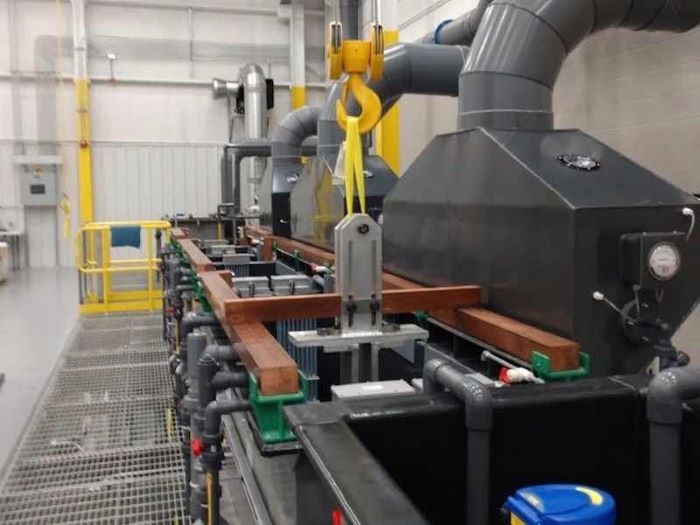In the contemporary product design and development arena, thinking out of the box is not good enough. It calls for the strategic integration of modern technologies in an effort to enhance efficiency, improve decision-making, and eventually get the best products into the market. Of all these technologies, artificial intelligence (AI) has taken center stage as a transformation enabler in the way DesignOps teams work. With this, organizations are enabled to achieve more productivity in their workflows, derive deeper insights, and get products to the market faster, leveraging AI data analytics and AI-driven services. This research seeks to find the intersection of AI and DesignOps in an attempt to find the benefit and potential impact that may accrue to the potential benefit of AI to enabling our teams to create better products faster.
Understanding DesignOps and Its Challenges
DesignOps is the youngest of all operations; it focuses on the optimization of the design process in the organization. It ranges from management of workflow and resource allocation down to collaboration tools and performance matrices. DesignOps ensures the activities of design align with organizational business goals for the increased level of team productivity and improvement of culture with regard to learning and enhancement.
However, DesignOps faces several challenges, including:
Data Overload: With data inundation from all ends—including, but not limited to, user feedback, market research, and product analytics—voluminous in nature, it becomes hard for the design teams to cope, derive actionable insights from such data through managing and analyzing.
Inefficient Workflow: Traditional design workflows are repetitive, manual operations that slow down development and compromise creative potential, as they silo tools away from each other and keep siloed access from fragmented communication channels.
Complex Decision Making: Most of the decisions within design are subjective and are often made following one’s subjective choices or biases. It is pretty hard to make a clear, well-informed decision that best stands out to the targeted audience without robust analytics and data-based insights.
The Role of AI in DesignOps
AI provides real promise to help face these challenges and transform DesignOps into a much more efficient and effective practice. Equipped with AI-enabled data, analytics and AI services, DesignOps offers new opportunities for organizations to develop innovative services and work collaboratively through the process of design.
Here is how AI can revolutionize DesignOps:
Data-driven insights: AI algorithms might sift through huge volumes of user data, market trends, and competitor strategies to get actionable insights. AI finds patterns and correlation within the data, hence enabling the designer to make judgments based on real-time information.
Automated Workflows: AI-powered automation tools are making easy repetitive tasks, including prototyping, user testing, and even analyzing feedback. This allows freeing the time of designers to focus more on the creative and strategic sides of their work, thus giving a speeded-up design process in general.
Customized Experiences: The technology also allows people to develop customized user experiences from their inferences on user behavior and preference analysis. Designers may use the AI-based recommendation in making the product befitting individual requirements and hence avail themselves of a product with higher user satisfaction and loyalty.
With historical records, AI has the ability to unravel complex patterns—meaning, its algorithms can predict user trends and behavior, thus allowing proactivity in decisions and optimizing products. Based on what the user needs and how the market is moving, prediction of these can help a designer easily jump to the front against its contestants.
Team Collaboration Tools: AI enables interactive communication among design teams from any location around the world without feeling the constraint of time zones or locations. It brings on board AI-powered chatbots and virtual assistants to enable the flow of relevant information and insights at any location, 24/7.
Case Study: AI-Driven DesignOps in Action
To illustrate the transformative impact of AI on DesignOps, let’s consider a hypothetical scenario:
One of the best-received e-commerce sites will be their mobile app redesign to improve user engagement that would reflect in more conversions. The DesignOps team of the e-commerce platform looks upon AI-driven data analytics and services for enhancing the design process.
Data Collection and Analysis: The DesignOps team collects data from application metrics regarding usage, customer information, and market research. Analysis includes pain points, major preferences, and emerging trends that are recently appearing, and this is done through AI algorithms.
Prototype development: AI allows prototyping tools based on JSON to generate design iterations not based solely on user feedback, but rather data insight. Designers will iterate and prototype at high speed and be able to refine their design continuously by incorporating AI-driven recommendations for best user experience. AI-based user-testing platforms design prototypes automated for targeted user segments to conduct tests. The NLP algorithms process comments from the users, including sentiment, to return the information in an actionable format.
Iterative Optimization Design: This means that the AI algorithms are always at work, tracking, measuring, and analyzing user interaction data. This could prove a great help for designers, which can allow them to compare different types of real-time effectiveness of design alternatives available with tools like A/B testing.
Personalized recommendations: The AI-driven recommendation engines proffer users with a personalized recommendation of products and the content to be viewed, depending on their likings and history of browsing the app. Dynamic content generation tools make the app experience customized for each and every user, boosting engagement and conversion rates.
Workflows: Collaboration tools for AI facilitate communication and collaboration among the designers, developers, and stakeholders involved. Management exercises within projects can be tracked through virtual assistants, meaning one could ask them to book meetings and even ask them for details of the meetings.
Conclusion
Today, the fast-paced, highly digital environments only leave organizations with a compulsion to integrate DesignOps and AI, as it has become an important choice to be at par with competitors and put forth excellent products in the market. This would enable the DesignOps teams with streamlined workflows, deeper insights unlocked, and increased product development lifecycle with the help of AI-driven data analytics and services. With insights from the data, base workflows, personalized experiences, and predictive analytics, AI will offer a broad set of opportunities as it unleashes new innovation and collaboration across the design process. With DesignOps powered by AI, one has more than just a way to develop better products more quickly; they get a fundamentally different way of thinking about and approaching the design, development, and experience of our built environment.




